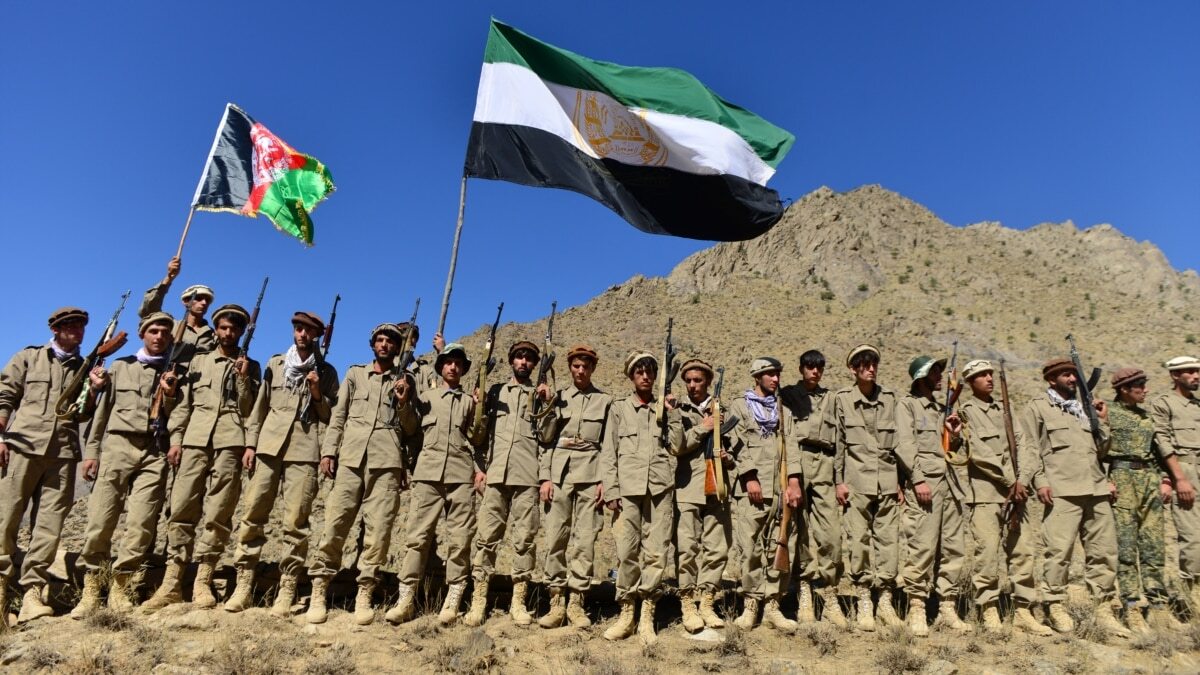
The Khuzestan Insurgency is a conflict that has shaped the lives of many in Iran's southwestern province. This region, rich in oil and cultural diversity, has seen its fair share of turmoil. But what exactly is this insurgency about? In simple terms, it's a struggle for autonomy and rights. Various ethnic groups, particularly the Arab minority, have voiced their grievances against the central government. These grievances range from economic disparities to cultural suppression. Understanding this conflict requires delving into its historical roots, key events, and the major players involved. Ready to learn more? Let's break down 25 essential facts about the Khuzestan Insurgency.
Key Takeaways:
- The Khuzestan Insurgency in Iran involves ethnic tensions and demands for autonomy, impacting the local population and drawing international attention.
- Various insurgent groups, government responses, and international involvement shape the complex and ongoing conflict in Khuzestan, Iran.
Background of Khuzestan Insurgency
The Khuzestan Insurgency is a lesser-known yet significant conflict in Iran's history. This region, rich in oil and diverse in culture, has seen its share of turmoil. Here are some intriguing facts about this insurgency.
- Khuzestan is located in southwestern Iran, bordering Iraq and the Persian Gulf.
- The region is home to a large population of ethnic Arabs, who have often felt marginalized by the central Iranian government.
- The insurgency began in the early 2000s, with various groups demanding greater autonomy and rights for the Arab population.
- Khuzestan's oil fields are among the most productive in Iran, making the region economically vital.
Key Events in the Insurgency
Understanding the timeline of events helps grasp the complexity of the Khuzestan Insurgency. Here are some pivotal moments.
- In 2005, violent protests erupted in Ahvaz, the capital of Khuzestan, following the leak of a controversial letter allegedly from the Iranian government.
- The letter suggested plans to alter the demographic makeup of Khuzestan by relocating non-Arabs to the region.
- Bombings in Ahvaz in 2005 and 2006 targeted government buildings and oil facilities, escalating the conflict.
- In 2011, a series of assassinations of Iranian officials in Khuzestan were attributed to insurgent groups.
Groups Involved in the Insurgency
Several groups have played roles in the Khuzestan Insurgency, each with its own agenda and methods. Here are some of the key players.
- The Arab Struggle Movement for the Liberation of Ahwaz (ASMLA) is one of the most prominent groups, advocating for an independent Arab state.
- The Ahvaz National Resistance is another group that has claimed responsibility for various attacks in the region.
- Al-Ahwaziya, a militant group, has been involved in numerous violent incidents, including bombings and assassinations.
- The Iranian government has accused foreign countries, particularly Saudi Arabia, of supporting these insurgent groups.
Government Response to the Insurgency
The Iranian government's response to the Khuzestan Insurgency has been multifaceted, involving both military and political strategies.
- The government has deployed significant military forces to Khuzestan to quell the insurgency.
- Numerous arrests and executions of suspected insurgents have been reported.
- The Iranian government has also invested in economic development projects in Khuzestan to address some of the grievances of the local population.
- Despite these efforts, tensions remain high, and sporadic violence continues to occur.
Impact on the Local Population
The Khuzestan Insurgency has had profound effects on the lives of the people living in the region. Here are some of the impacts.
- Many residents have experienced displacement due to the violence and military operations.
- The insurgency has disrupted daily life, with frequent security checks and curfews.
- Economic activities, particularly in the oil sector, have been affected by the instability.
- The local population has faced human rights abuses, including arbitrary arrests and torture.
International Reactions and Involvement
The Khuzestan Insurgency has drawn attention from various international actors, each with their own interests and perspectives.
- The United Nations has called for investigations into human rights abuses in Khuzestan.
- Some countries, like Saudi Arabia, have been accused of supporting insurgent groups to destabilize Iran.
- The European Union has expressed concern over the treatment of ethnic Arabs in Khuzestan.
- Human rights organizations have documented numerous violations and called for greater international scrutiny.
Current Status and Future Prospects
The Khuzestan Insurgency remains an ongoing issue with uncertain prospects. Here are some current developments and potential future scenarios.
- While large-scale violence has decreased, sporadic attacks and tensions persist in the region.
Final Thoughts on Khuzestan Insurgency
The Khuzestan Insurgency is a complex and ongoing conflict with deep historical roots. Understanding this struggle requires looking at the region's rich cultural tapestry, economic significance, and political dynamics. The insurgency highlights issues like ethnic tensions, resource distribution, and national identity.
By examining these 25 facts, we've shed light on the multifaceted nature of the conflict. From the role of oil to the impact on local communities, each fact offers a piece of the larger puzzle. This conflict isn't just a regional issue; it has broader implications for Iran and the Middle East.
Staying informed about such conflicts helps us appreciate the complexities of global politics. It also reminds us of the human stories behind the headlines. Keep learning, stay curious, and always seek to understand the world around you.
Frequently Asked Questions
Was this page helpful?
Our commitment to delivering trustworthy and engaging content is at the heart of what we do. Each fact on our site is contributed by real users like you, bringing a wealth of diverse insights and information. To ensure the highest standards of accuracy and reliability, our dedicated editors meticulously review each submission. This process guarantees that the facts we share are not only fascinating but also credible. Trust in our commitment to quality and authenticity as you explore and learn with us.
